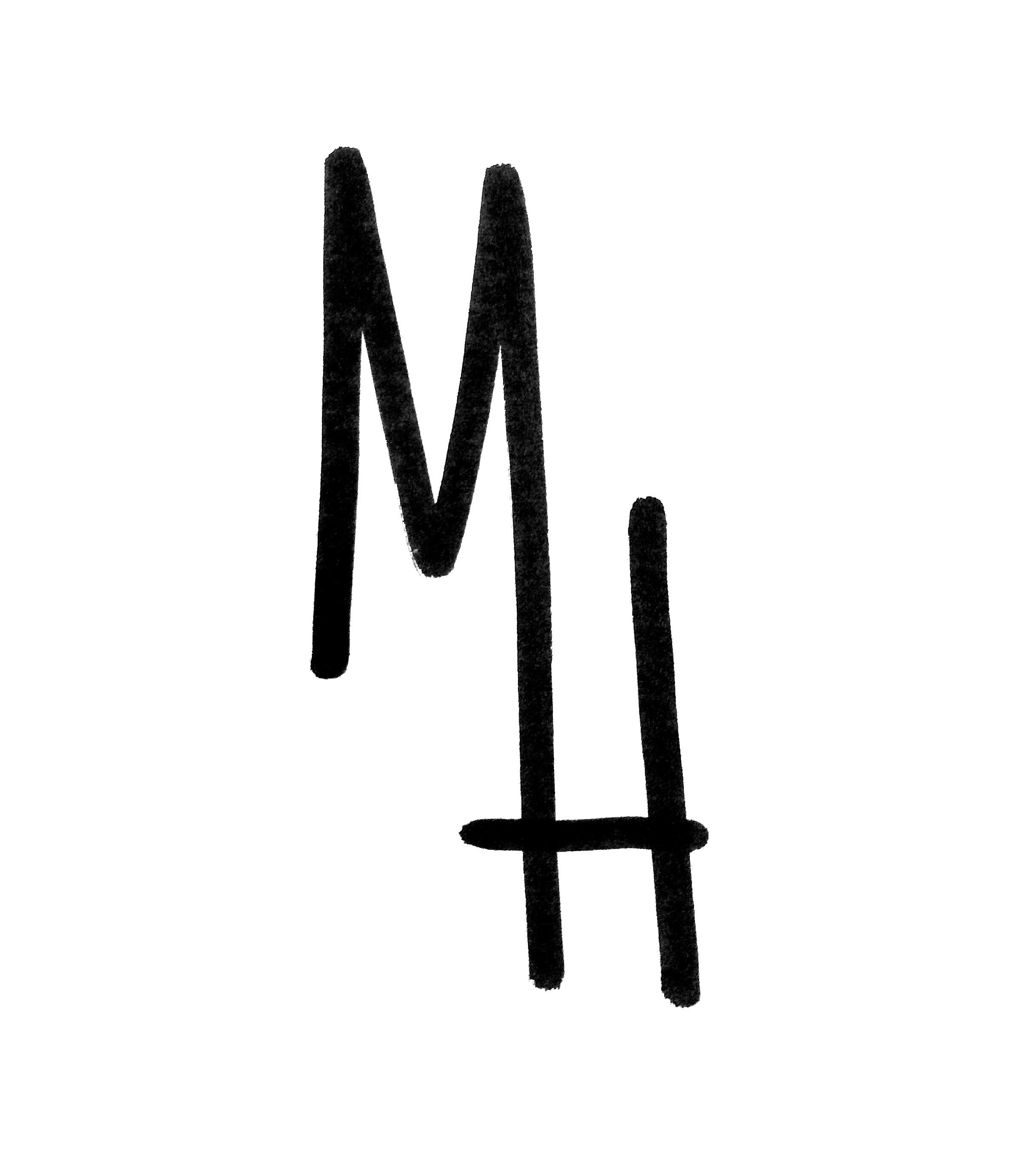(1) Occurs in a wide range of varieties (onyx, carnelian, chrysoprase, agate, etc). (2) Chemically identical to quartz, but more soluble under low-temperature conditions because it is of a cryptocrystalline density (extremely finely grained).
(1) Derived from Chalkedon, an ancient Greek town. (2) Chalices were carved of Chalcedony and lined with silver to prevent poisoning. (3) The great Roman orator, Cicero, is said to have worn one around his neck. (3) People living along the Central Asian trade routes used various forms of chalcedony, including carnelian, to carve intaglios, ring bezels (the upper faceted portion of a gem projecting from the ring setting), and beads that show strong Greco-Roman influence.
